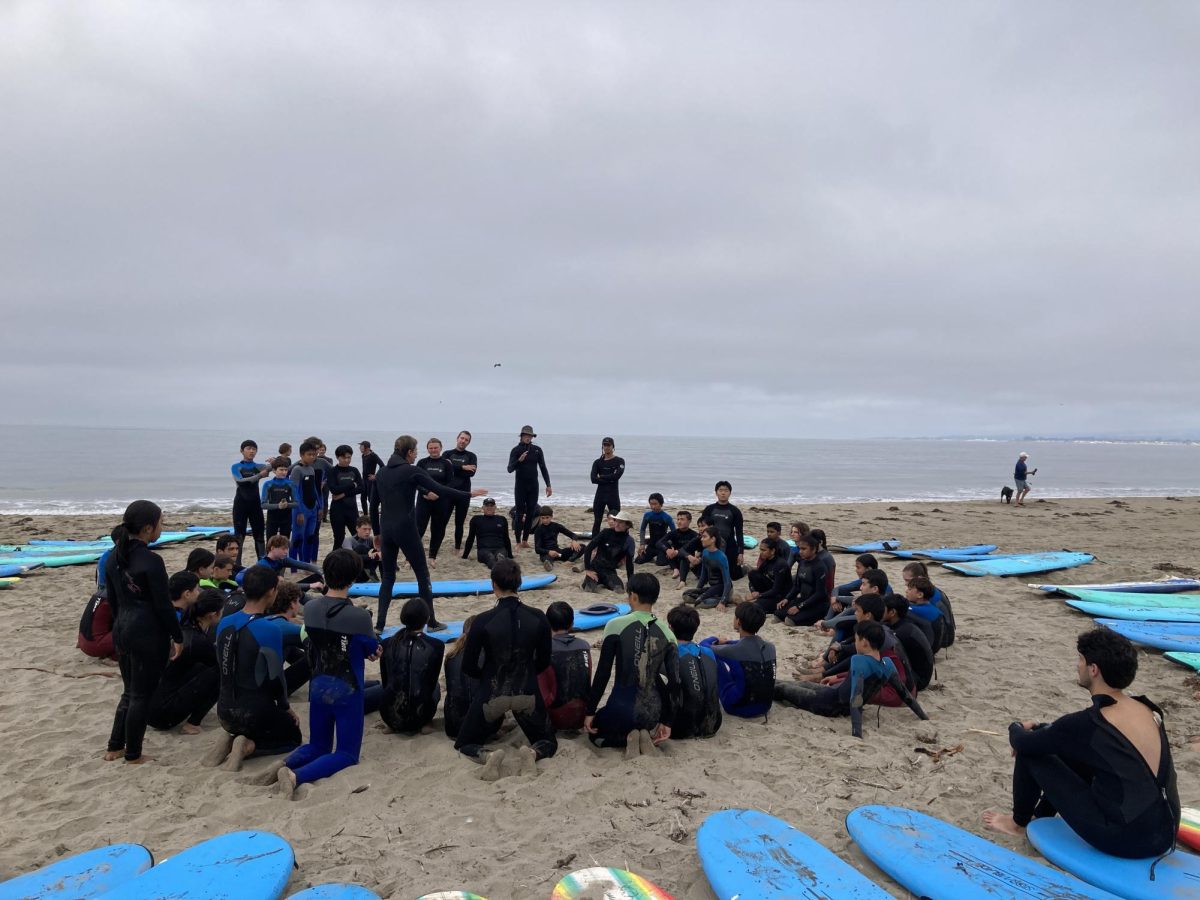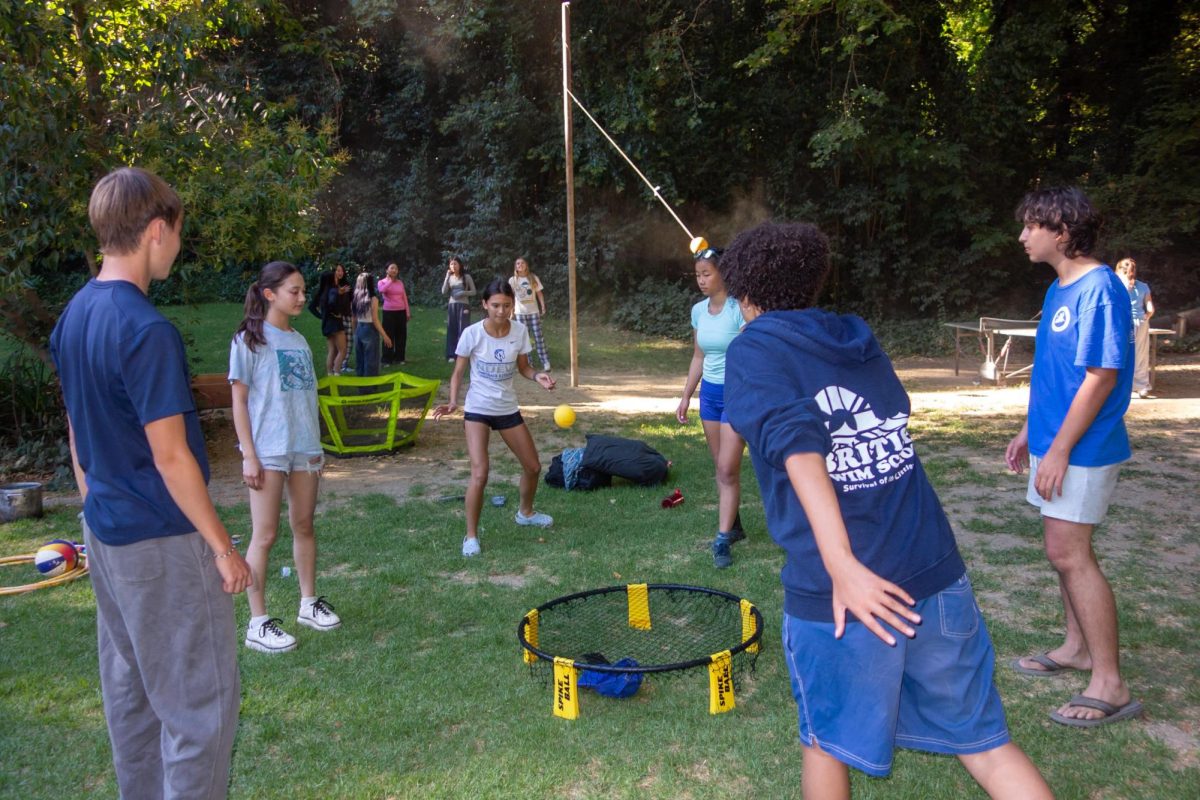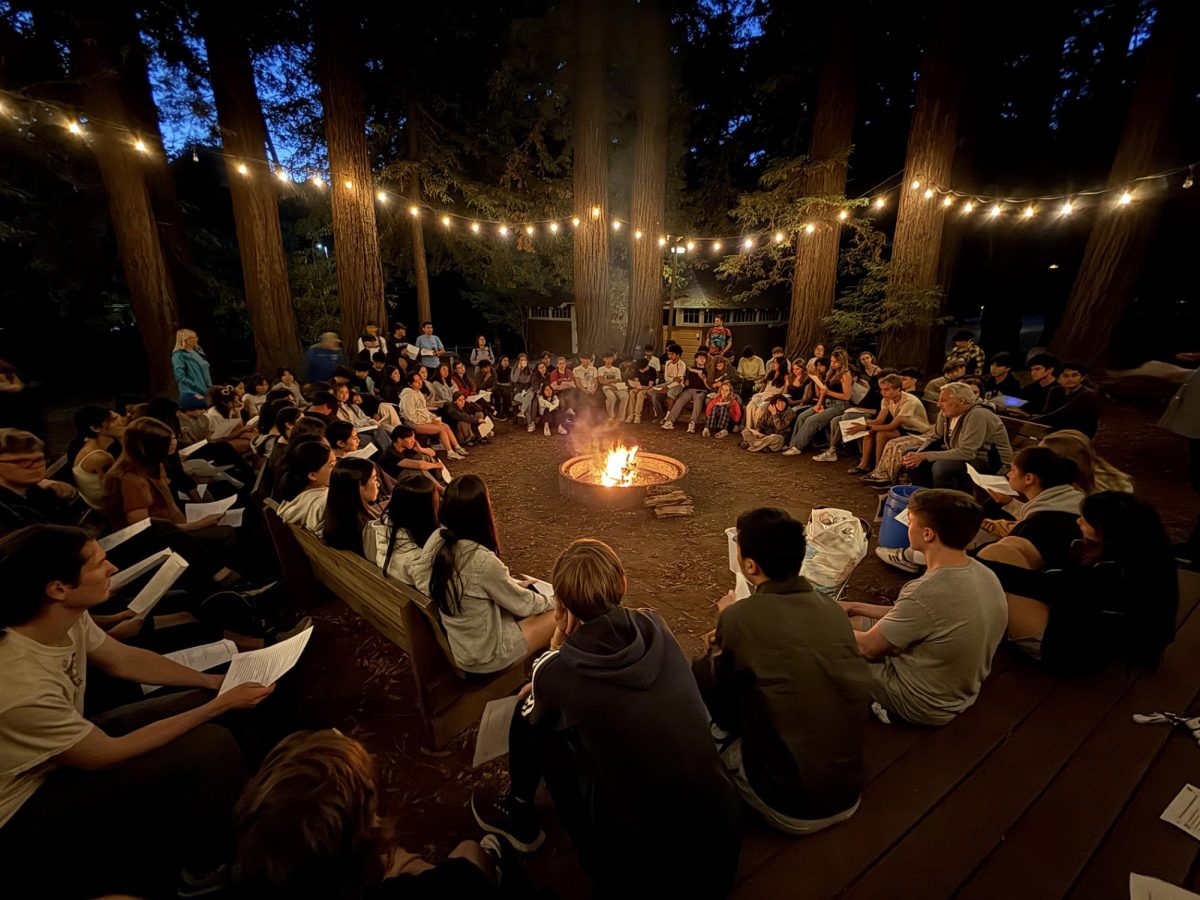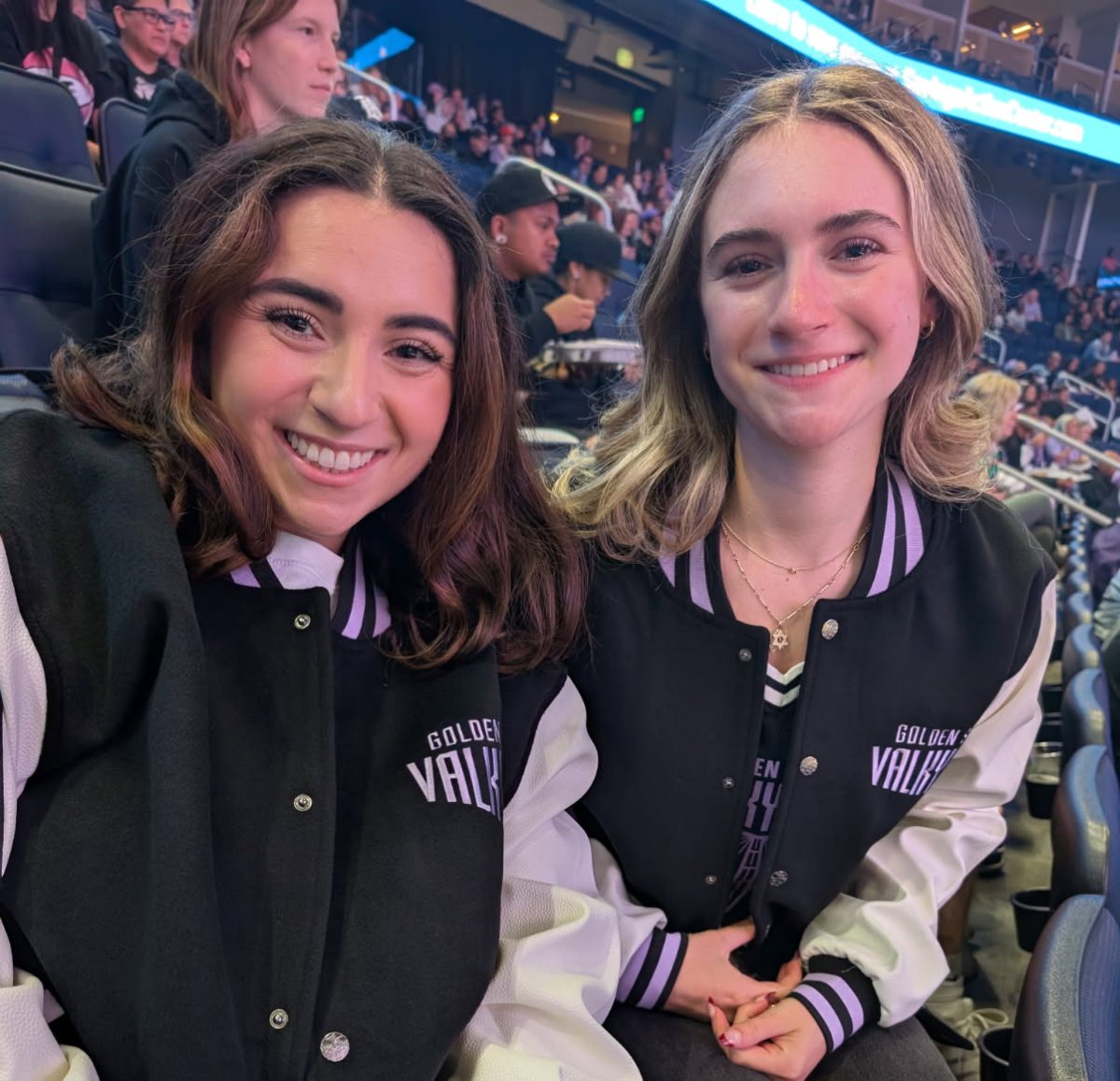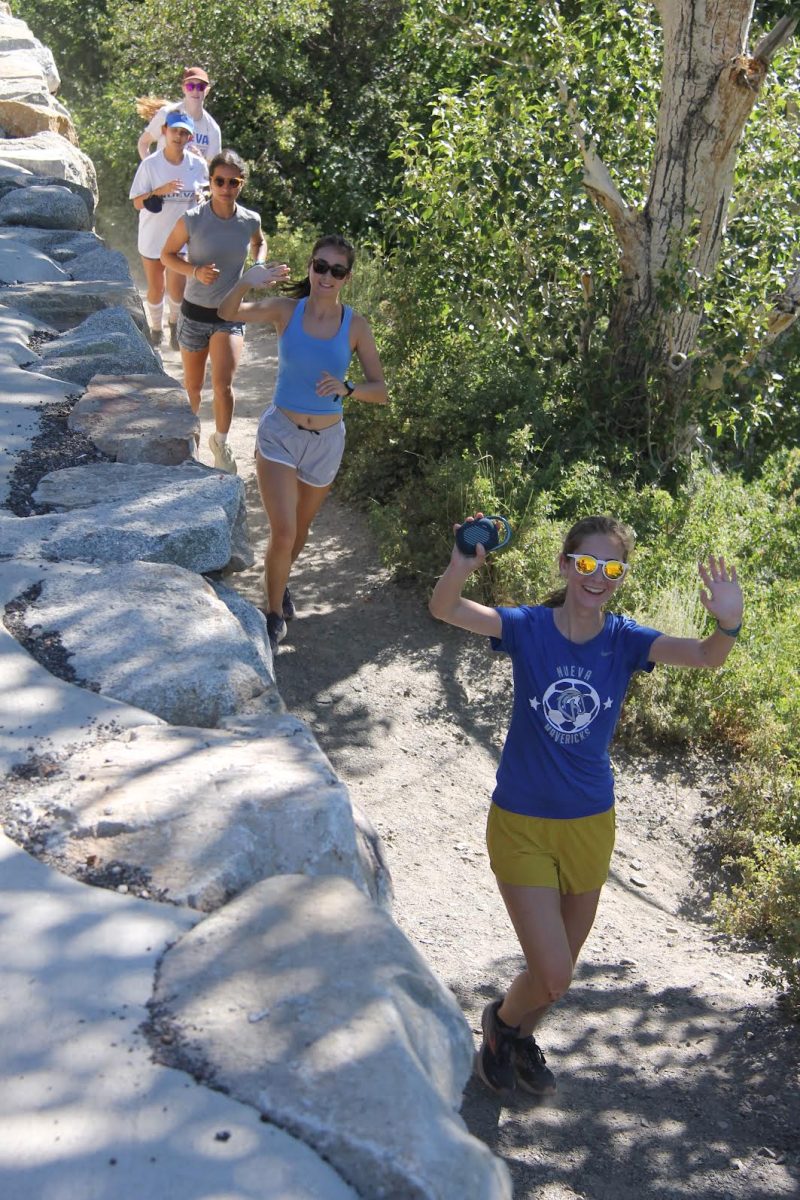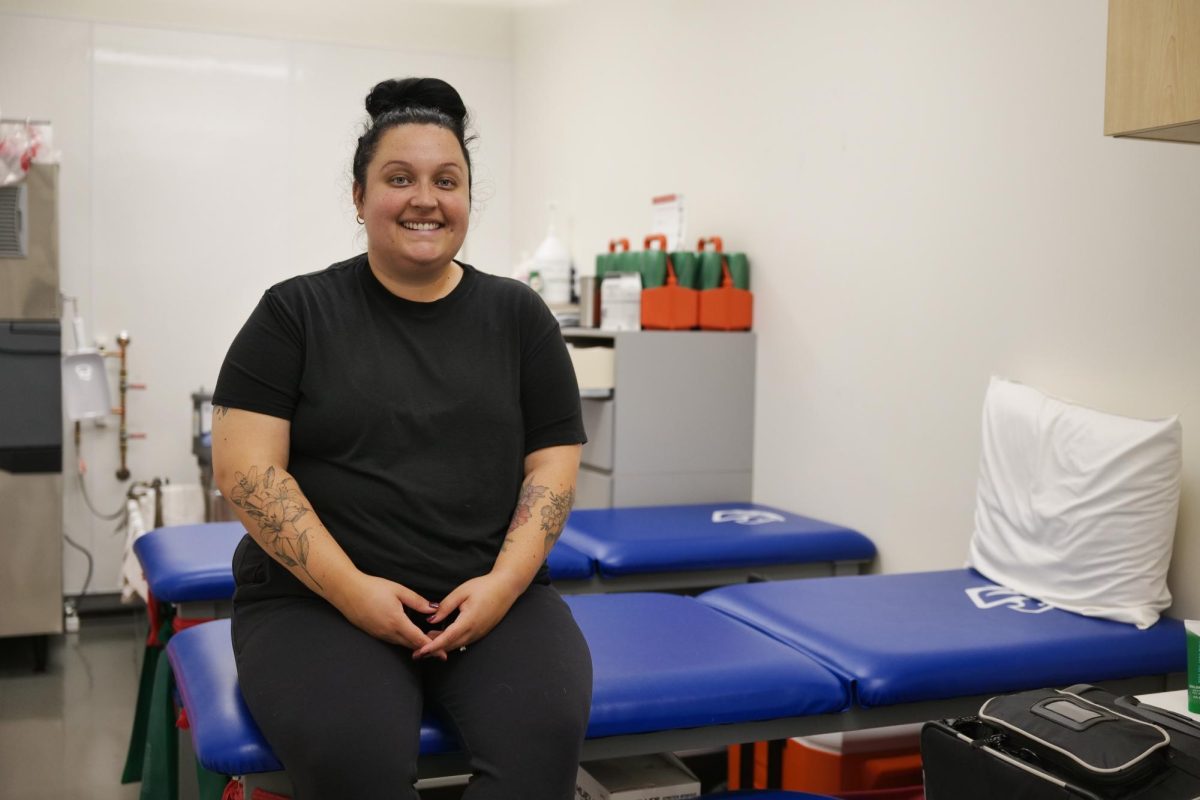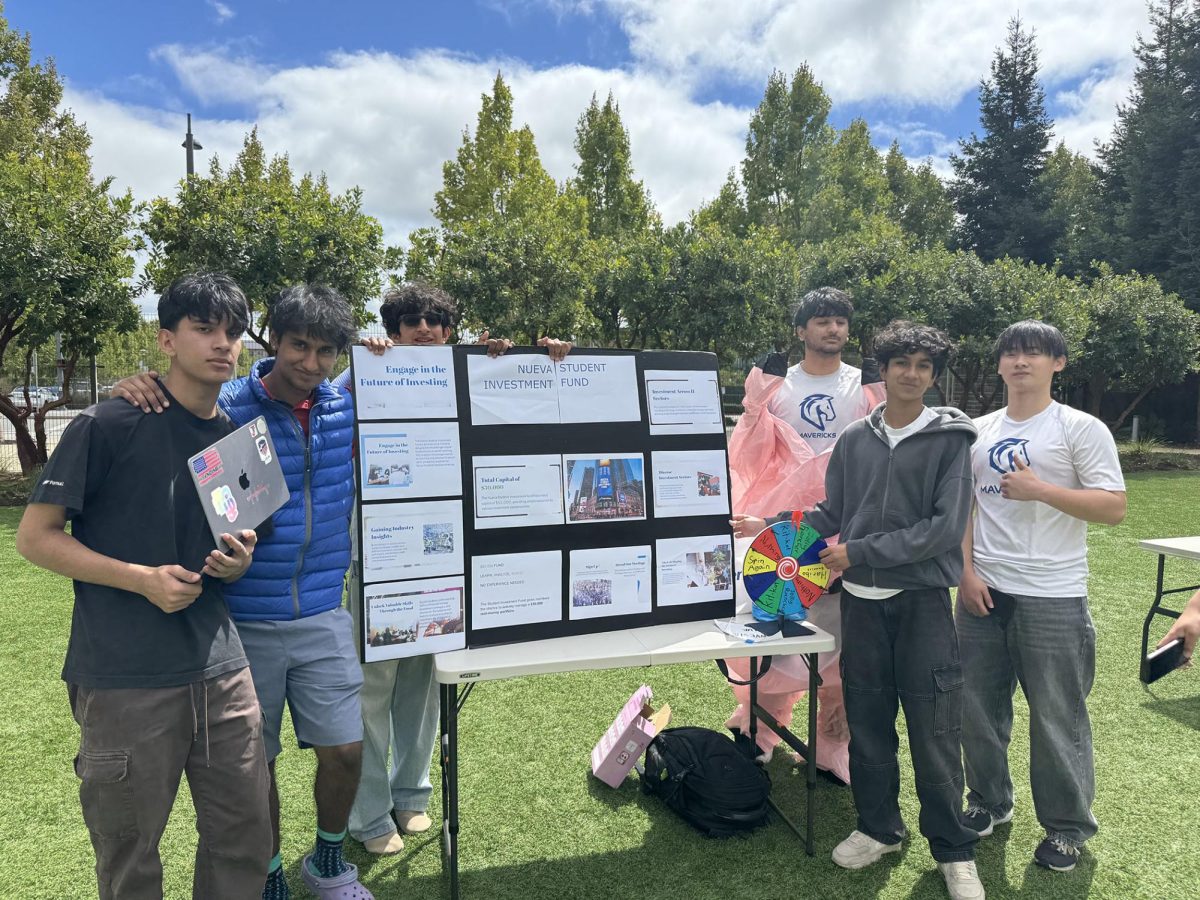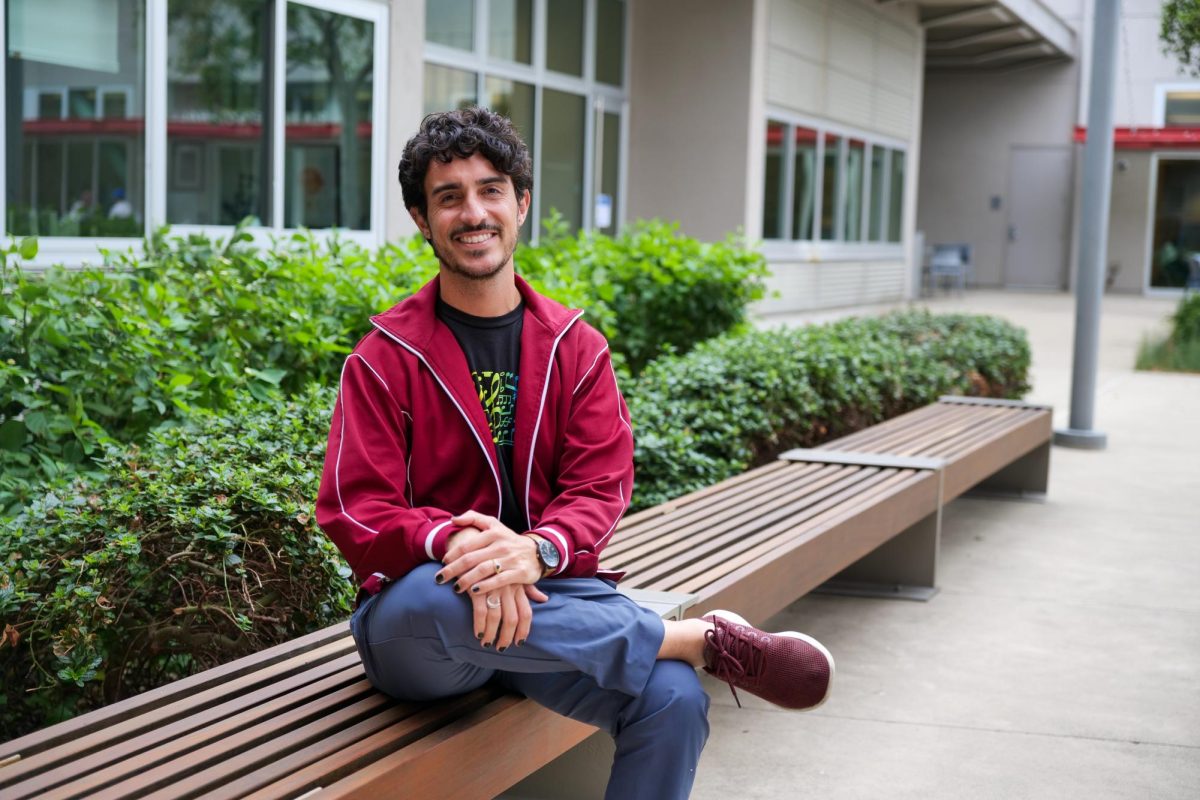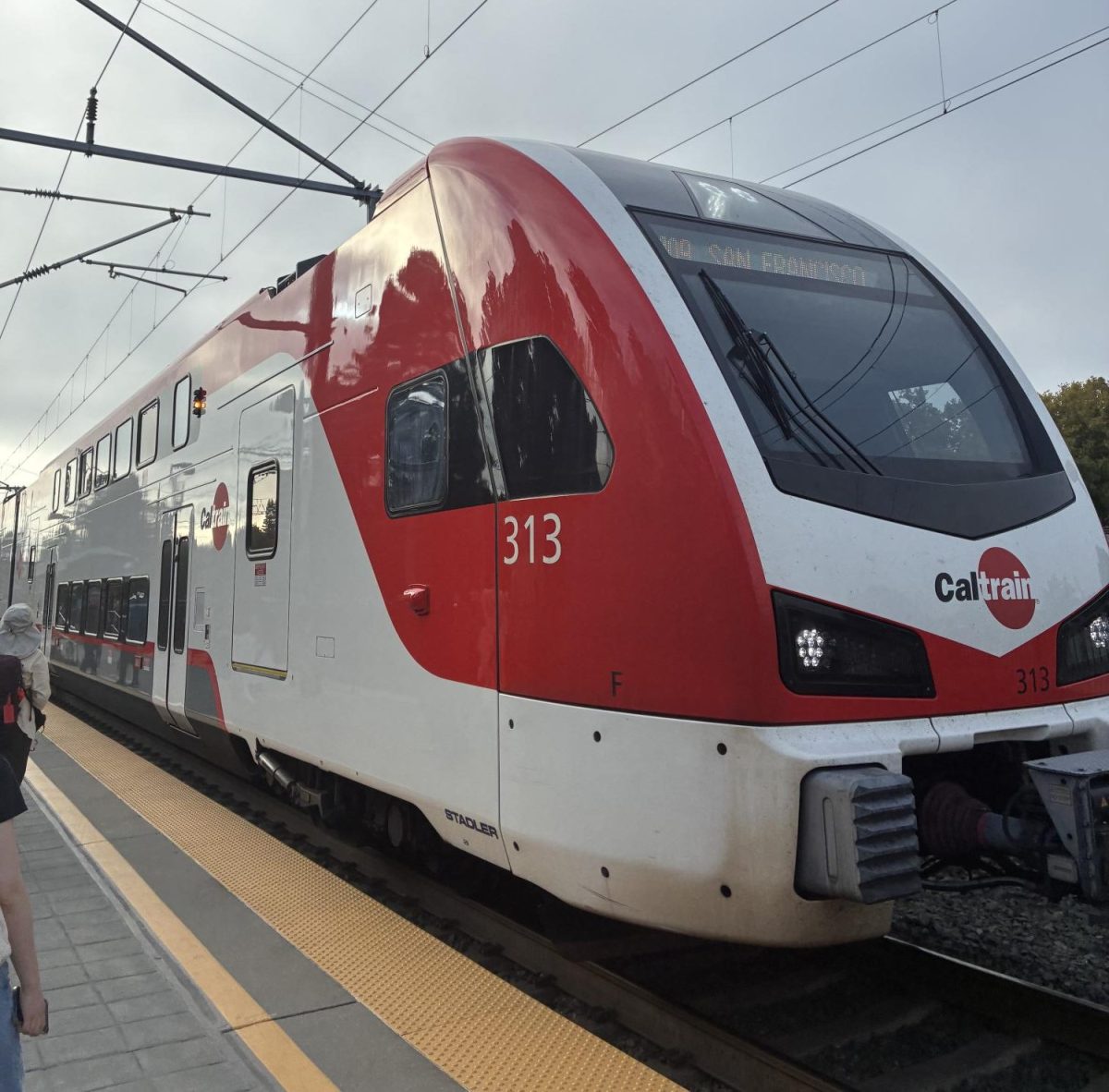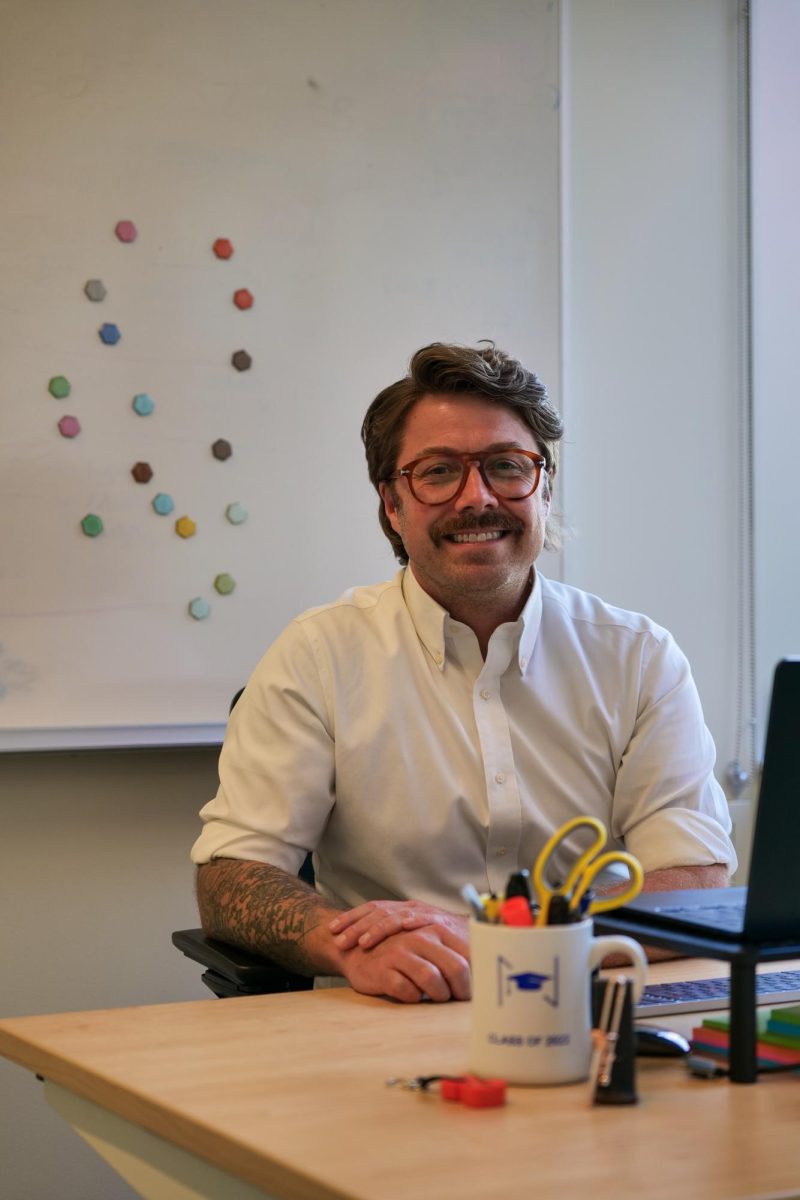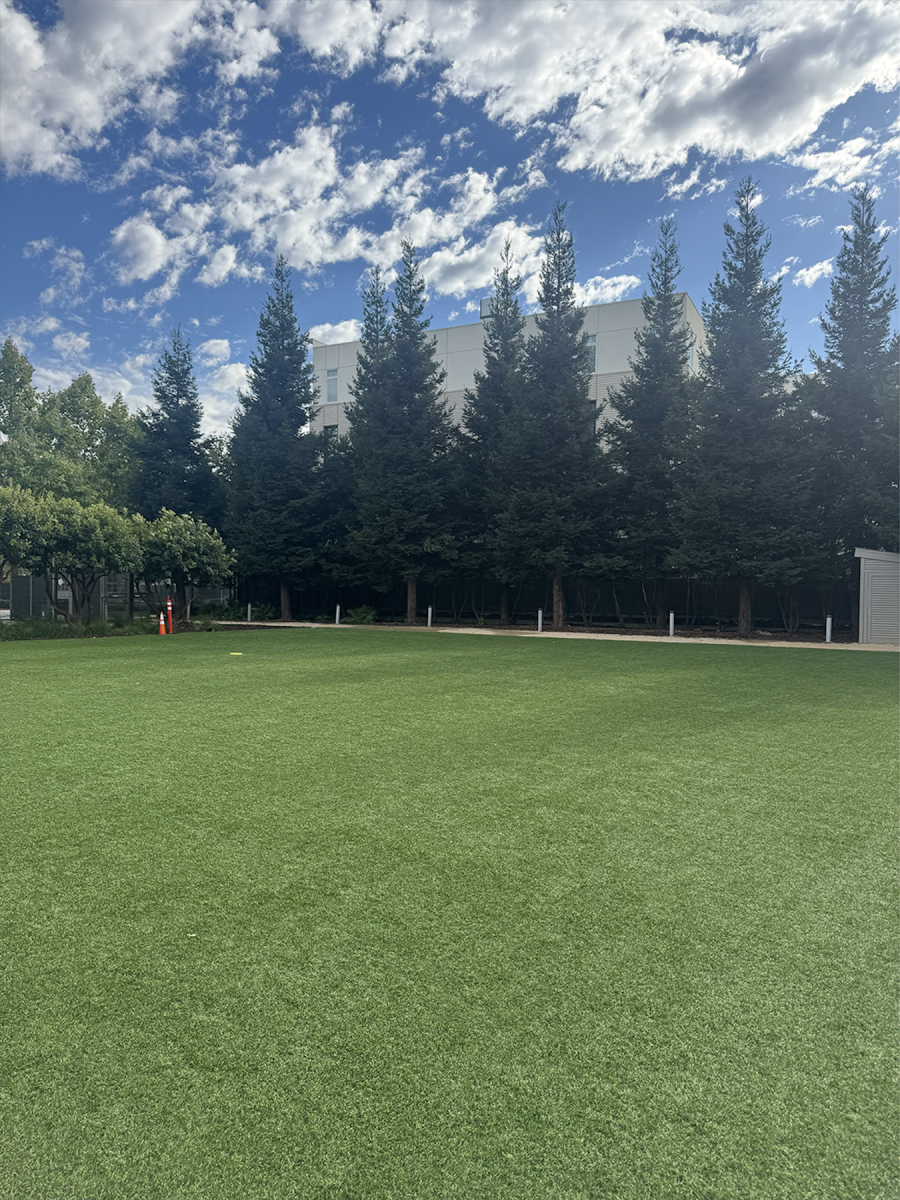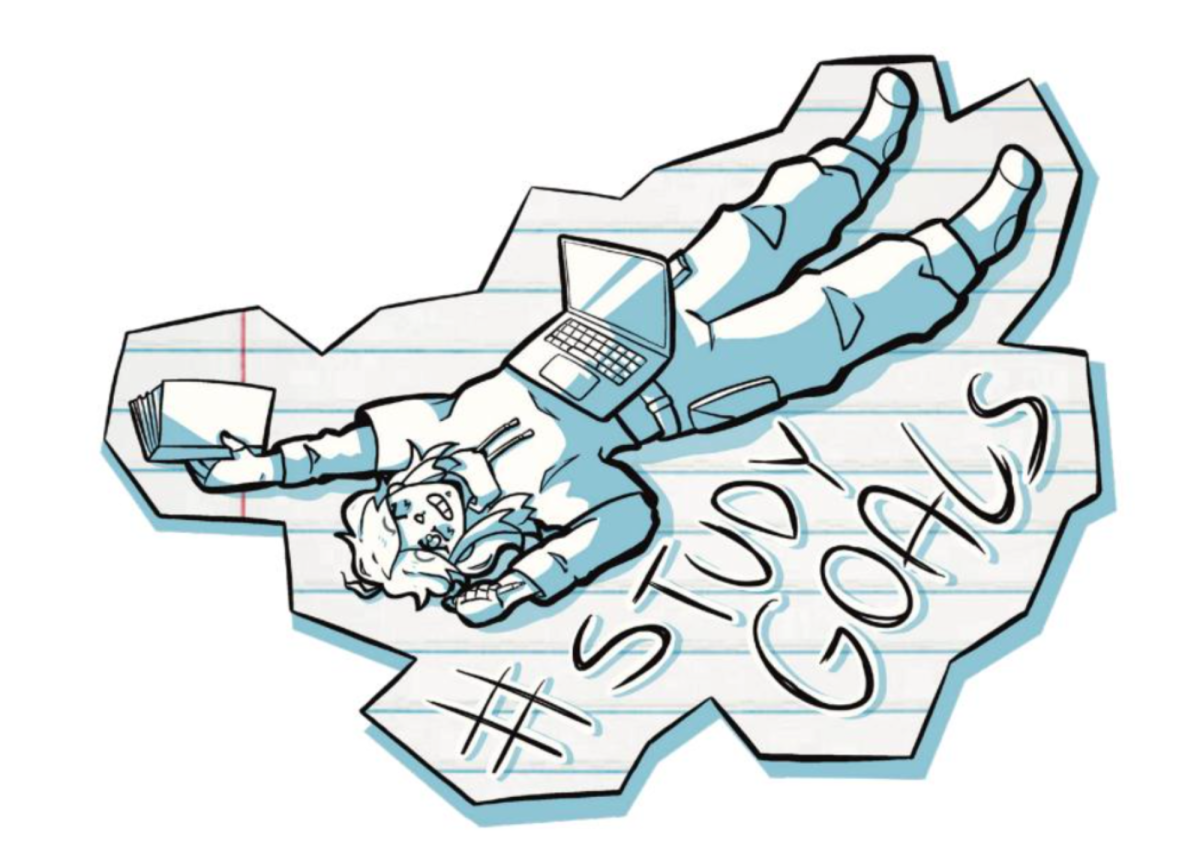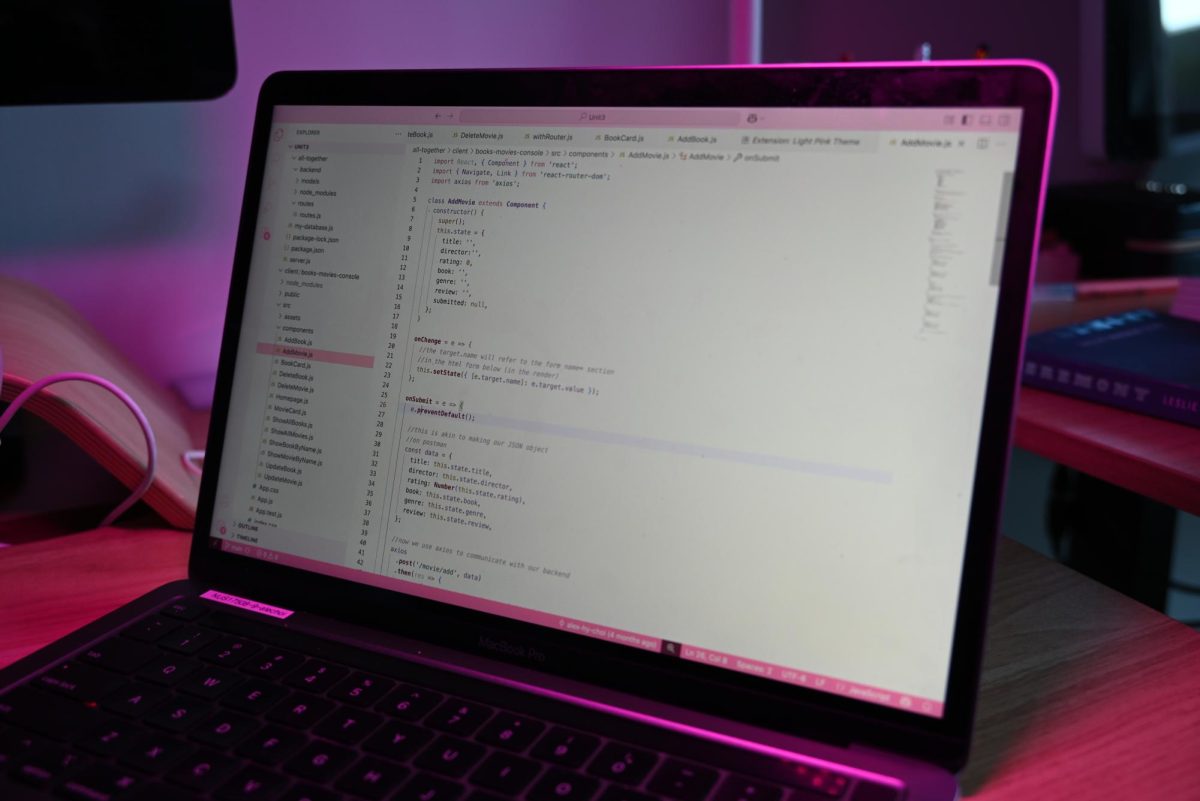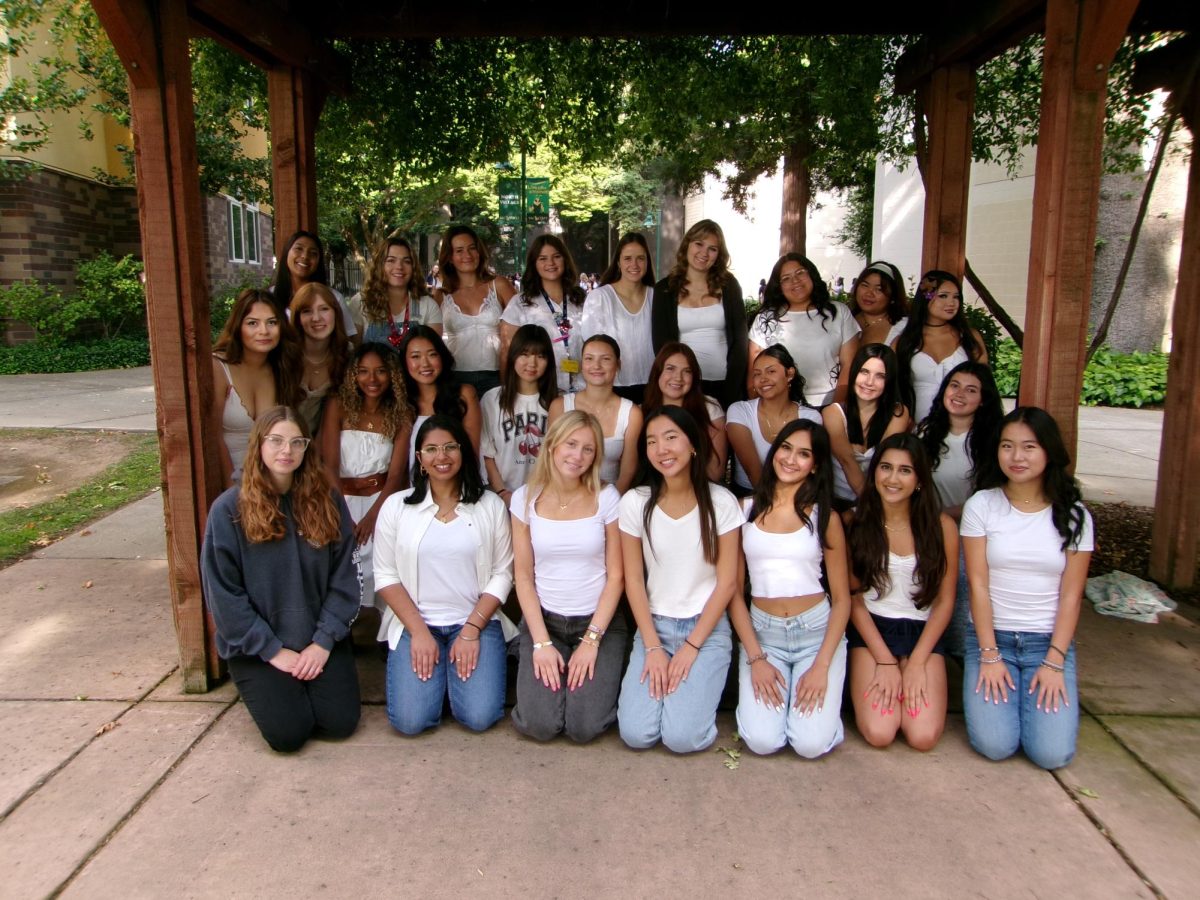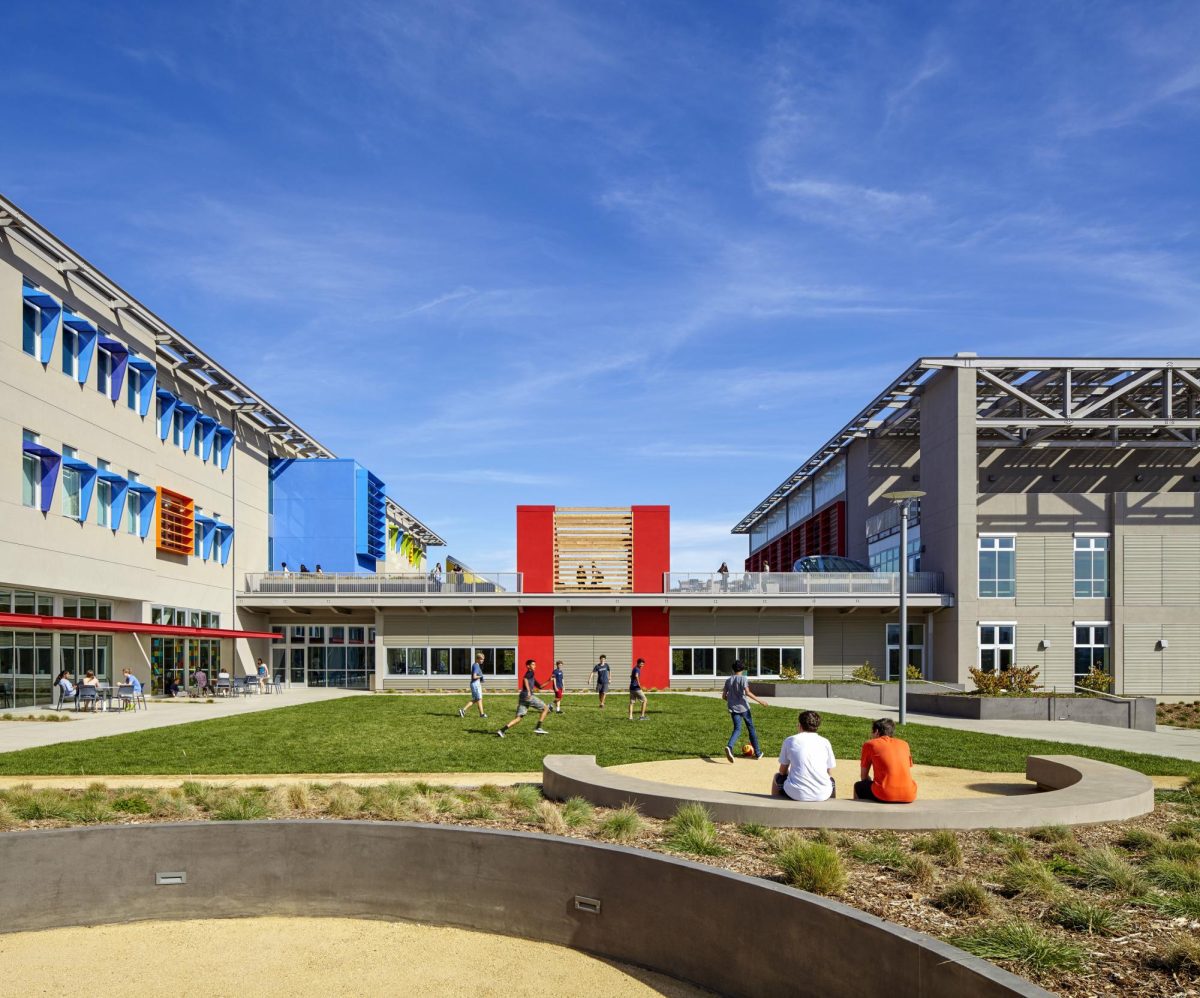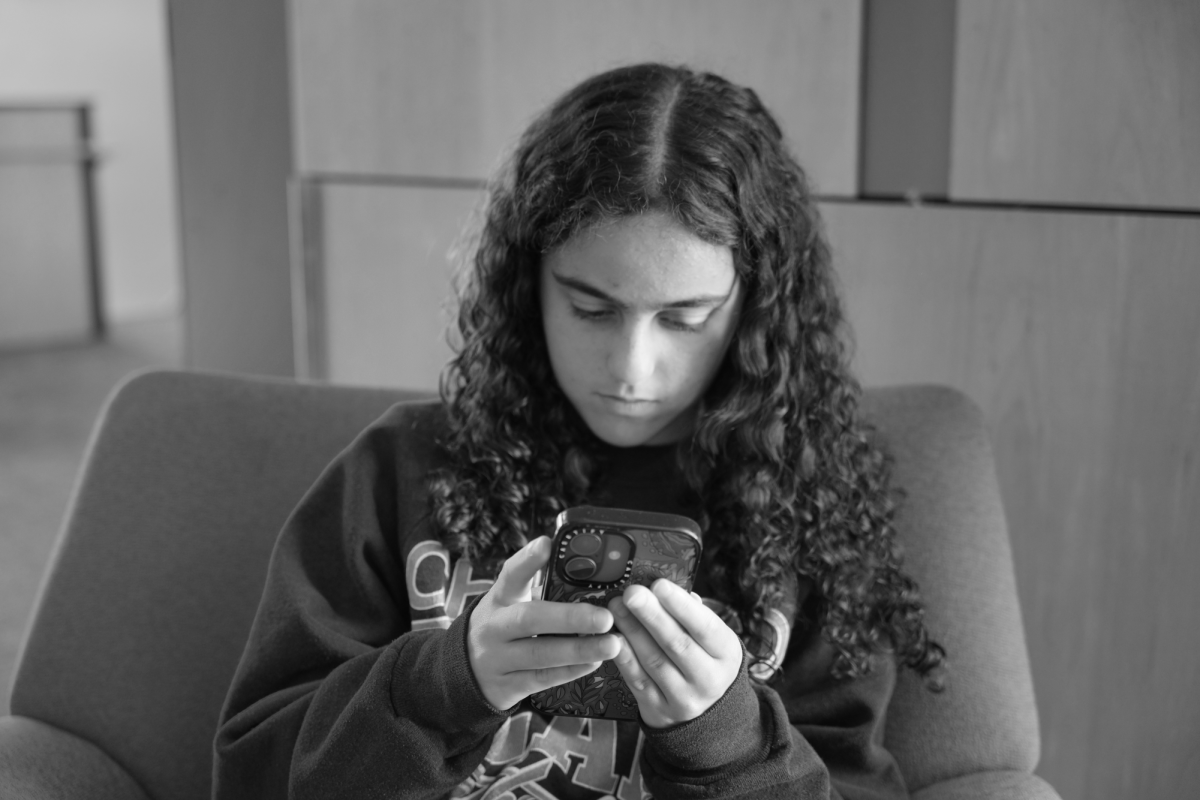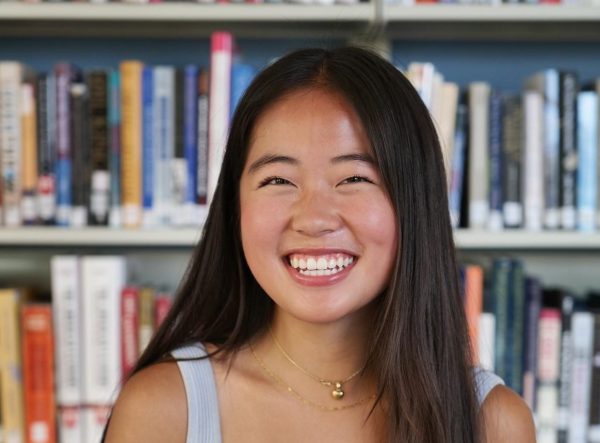As a sophomore, Ryan Sawtell filled out his course request sheet with little enthusiasm. Faced with a grid of options, he was unsure what to take until a classmate dared him to sign up for philosophy, with the warning that the teacher had a reputation for strictness. Nonetheless, Sawtell reluctantly signed up.
“It was one of my favorite classes I had, and the teacher was amazing,” Sawtell recalled. “A big part of who I became as a high schooler was from what I learned in that class, and I only took it on a dare.”
The memory has stuck with him. Now, as the new Dean of Academic Systems and Analytics, Sawtell sees his job as more than just filling spreadsheets with names and classes.
“I want the scheduling process, the enrollment process, to be a very user-friendly experience that’s fun and clear,” he said. “Ultimately, it should result in students becoming even more in love with learning, discovering new things, and feeling like they’re able to become a new version of themselves through those experiences.”
Before he moved to the Bay Area in 2023, Sawtell spent six years at the São Paulo campus of Avenues: The World School, which has its main campus in New York. While at Avenues, he led the Upper School enrollment process and coordinated the Master program (a similar program as Quest at Nueva) as the Associate Division Head.
Scheduling at Nueva is a balancing act: making sure that teachers get to teach what excites them, enabling students to feel agency in their choices, and organizing all the rooming and timing logistics for each class.
Sometimes, those constraints mean compromise. Heavily requested classes like Urban Studies or Mechanisms of Cancer cannot accommodate everyone. Even with the ability to request course changes, students often do not get their first choices.
But, Sawtell explains, that does not automatically mean disappointment.
“In the first days of school, I probably met at least 200 students about their schedules,” he said. “Around 50 of them came back after one or two class sessions saying, ‘Disregard my change request, I want to stay!’”
In the future, Sawtell hopes to make navigating the scheduling process more transparent than it already is. His ideal model to aim for? The airport.
“If you’re in an airport, no matter what language you speak, you should be able to see signs and understand where to go,” he said. “What are the equivalent design features we can build into scheduling so students know exactly what phase we’re in, what their role is, and what the right questions are to be asking at that time?”
Looking ahead, Sawtell hopes to bring other innovations to the process: hybrid models that combine student choice with fairness, new scheduling software, and earlier course change windows to minimize disruption once classes begin.
For Sawtell, the goal is to make space for the kind of unexpected discoveries he once stumbled into himself.
“There’s truly magic that can happen in a class you didn’t even plan on taking,” Sawtell said. “I want to reduce as much of the cumbersome scheduling stuff as possible so students can just get to those moments of discovery and learning together.”



